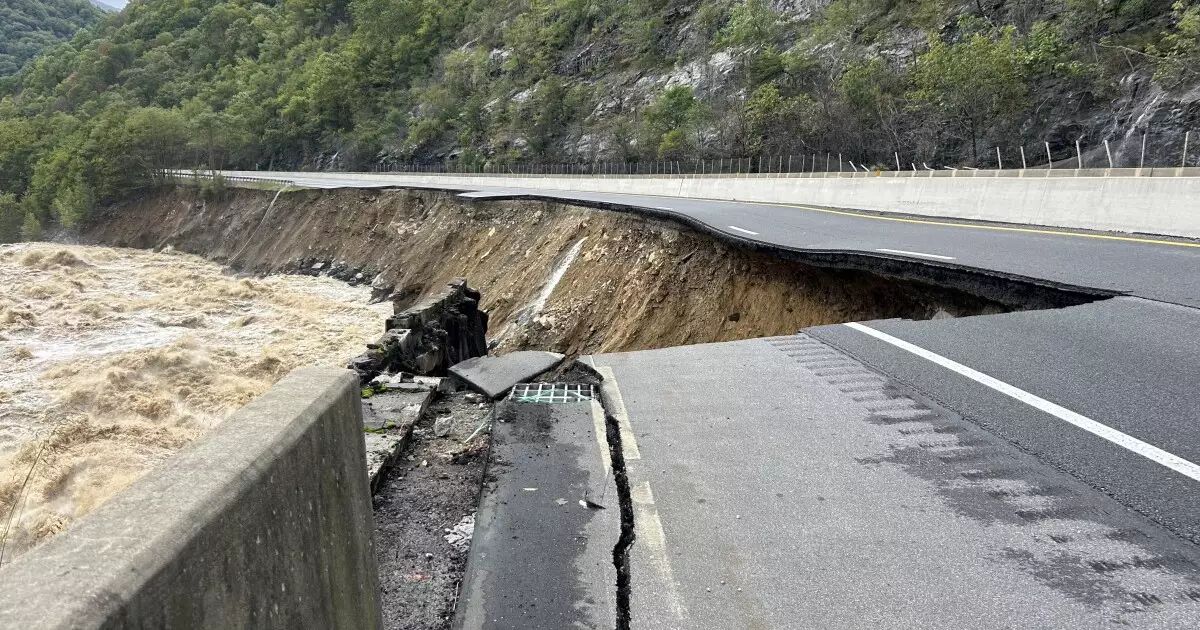Natural disasters pose significant challenges to communities, demanding swift and effective responses from government agencies designed to aid recovery efforts. The recent announcement regarding potential staffing cuts in federal programs, especially those associated with disaster relief, raises critical concerns among analysts and stakeholders alike. These impending changes, spearheaded by the Trump administration, threaten to undermine the already strained infrastructure that provides essential support to disaster-affected communities.
The Nature of Proposed Changes
Reports indicate that President Trump is considering drastic reductions in staffing for the Office of Community Planning and Development (OCPD), an entity within the Department of Housing and Urban Development (HUD). This office administers vital programs such as the Community Development Block Grant (CDBG) for Disaster Recovery, which is pivotal in the federal disaster response framework. Coupled with suggestions to dismantle other key agencies like the Federal Emergency Management Agency (FEMA), these moves signify a potential overhaul of the federal approach to disaster recovery.
Such changes come at a time when presidential prioritization of state-managed disaster responses raises questions. Trump has publicly expressed faith in state governments’ capabilities to manage disaster recovery more effectively than federal agencies, pointing to plans for states to directly receive funding instead. While local governance may seem appealing, the reality is that many states lack the resources and infrastructure to adequately handle large-scale disasters on their own.
Experts have voiced concerns that downsizing disaster aid staff could lead to severe repercussions for recovery efforts. David Victor, a professor specializing in innovation and public policy, articulated the alarming reality that reduced personnel could produce a “major political catastrophe” for the Trump administration when disasters inevitably strike. The anticipated disaster response narrative could pivot around the inadequacies birthed by the proposed cuts, thus framing governmental failures amidst recent historical parallels, such as the post-Katrina mismanagement that tarnished George W. Bush’s presidency.
Matt Fabian, partner at Municipal Market Analytics, warned of likely delays and possible errors in grant disbursement due to the reduced workforce. The expectation of a slower recovery process carries implications not only for individuals seeking assistance but also for municipalities counting on federal support for rebuilding. If the flow of aid is compromised, communities could face prolonged hardships, complicating their recovery journey.
The need for swift and efficient disbursement of disaster aid has never been more critical. An illustrative example can be drawn from the aftermath of the 2017 hurricanes that struck Puerto Rico. Data revealed that nearly two-thirds of the promised recovery aid remained undelivered by the start of fiscal year 2025, showcasing the existing inefficiencies within disaster response frameworks—inefficiencies now at risk of worsening due to proposed staff reductions.
Governor Josh Stein of North Carolina highlights these inefficiencies, recently requesting substantial additional federal funding for recovery from Hurricane Helene. With an assessment estimating nearly $60 billion in damages, the state faces overwhelming challenges in addressing the destruction caused. Stein’s demands for increased federal support underscore the dependence of states on timely federal assistance, which could be jeopardized by the proposed federal reductions.
The Need for a Cohesive Disaster Strategy
As pressure mounts on federal agencies to operate efficiently while under potential restructuring, it becomes increasingly crucial to ensure a coherent and robust disaster management strategy. Experts emphasize that a disjointed approach can exacerbate the challenges faced by recovery efforts. The necessity for a well-coordinated disaster response that combines federal, state, and local resources is paramount to ensure that affected communities can rebuild and recover in a timely manner.
The ongoing conversations surrounding these cuts highlight a broader concern regarding disaster recovery’s future trajectory and the reliability of federal support systems. Dismantling or significantly reducing the operational capacities of agencies that play critical roles in recovery could threaten not just the response to current crises but also set a precarious precedent for how future disasters are managed.
As the implications of staffing changes in disaster aid programs become clearer, it is essential for policymakers and stakeholders to engage in robust discussions. The balances between federal oversight and state-level management must be navigated carefully to ensure that communities can successfully recover from the devastations of natural disasters. Failure to do so risks not only delayed aid but also a heightened human toll during times of crisis.


Leave a Reply